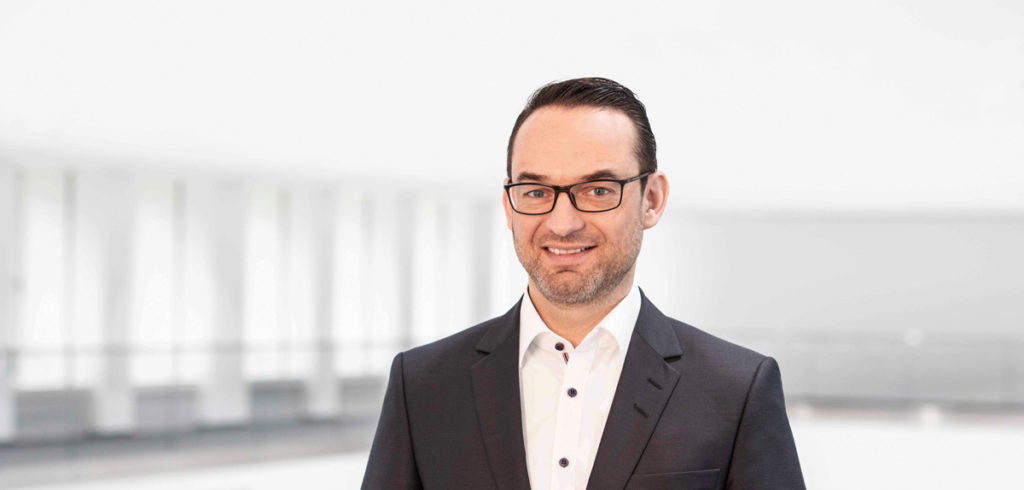In late 2019, Volkswagen launched its own, in-house software organization, Car.Software, to undertake all software development for VW Group vehicles. In order to make optimum use of economies of scale, the auto maker is developing VW.OS, which will provide a standardized operating system for the group’s car brands – with the Volkswagen Automotive Cloud as the technical backbone.
Autonomous Vehicle International spoke to Christian Senger, member of the board of management of the Volkswagen brand responsible for Digital Car & Services, to find out how this restructure relates to the company’s development of autonomous vehicles.
For example, with all Volkswagen vehicles set to use the same OS, how does this effect the integration of future CAV functionality into the fleet? “For clarification, the Car.Soft organization takes care of autonomous driving when it comes to Level 2, Level 2++, up to Level 3, driving on highways, and Level 5 when it comes to automated parking, but at low speed, for passenger cars,” Senger says.
For now, fully autonomous driving projects will fall outside of Car.Software’s remit, and instead will be serviced by specialist arms, and partners such as Argo Ai, in which VW holds a stake. “Argo AI is a company with a very special purpose; defining a system for fully autonomous driving, especially for mobility as a service,” Senger says. “The idea was that we would have an entity that was preparing for such a use case, both in hardware and software, while ensuring it is adaptable into the Volkswagen group. Volkswagen autonomy is not part of the Car.Software organization, it is part of commercial vehicles, because we feel that sort of use is a commercial one.”
Senger does note that regional differences in both legislation and operational requirements, both for autonomous and other vehicle systems development, need careful consideration and explains that the VW.OS and other vehicles systems need to have both commonality and flexibility.
“When it comes to regional variations, we see that we have a split of the big regional blocks. There is a Western system, and a Chinese system. We are forced to work with totally different technical solutions. This means that we are challenged that our architecture works globally, but you can change modules which are then region specific. This is how we want to keep complexity low, while fulfilling regional laws.”


